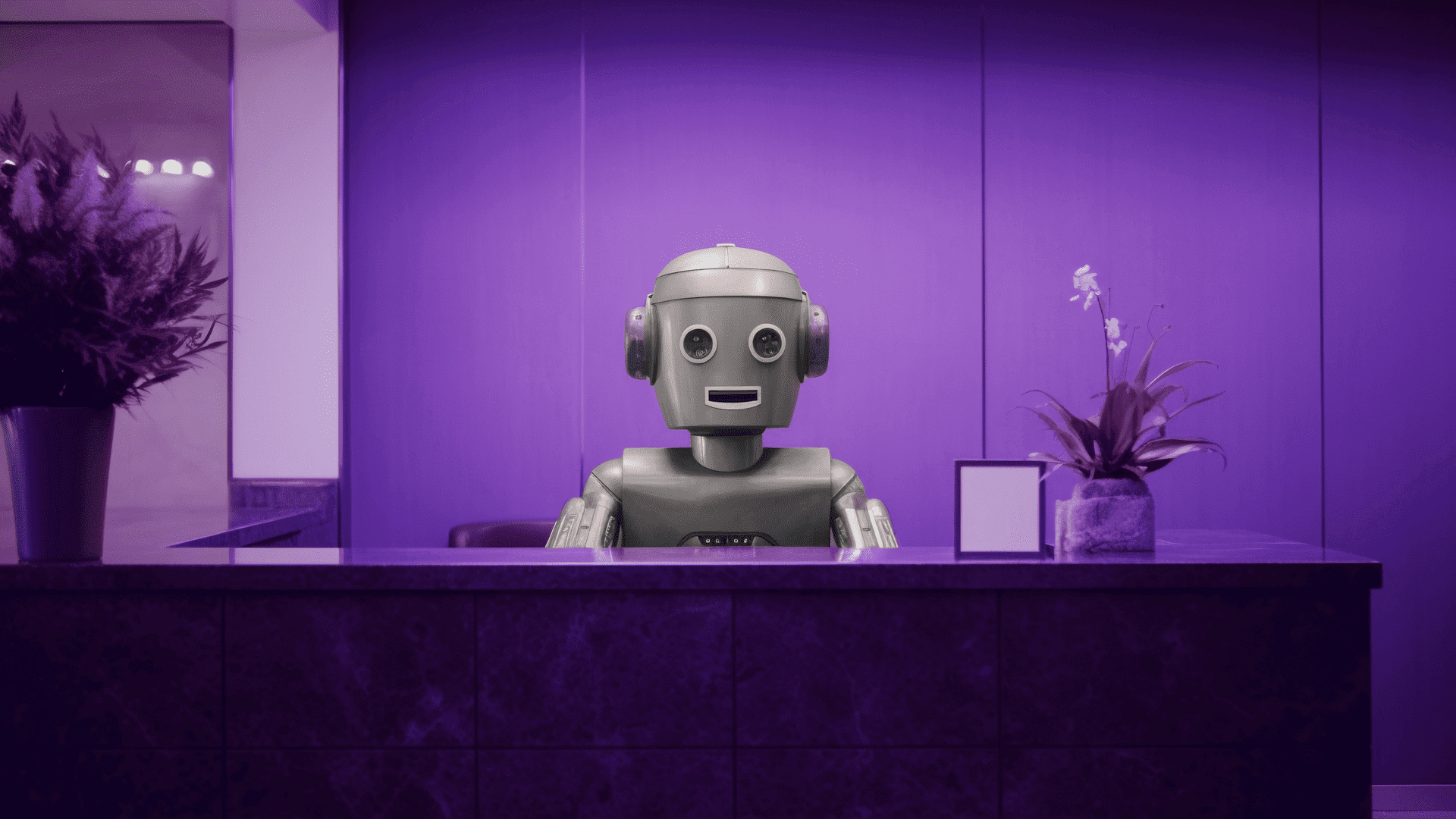Level: Intermediate
According to a PwC survey, 27% of customers are unsure whether they interacted with a chatbot or a humanin their last customer service conversation.
“27% of customers are unsure whether they interacted with a chatbot or a human.” – PwC
If anything, this data highlights that when customers engage with a business through channels that don’t have an image or voice, and an AI chatbot is used to assist them, they can’t tell the difference.
But beware! That doesn’t mean they can handle all queries equally well: AI has its limitations and, for example, lacks empathy and, worse, can be fooled.
That’s why it’s crucial to analyse when to offer self-service and when it’s better for the bot to pass the query on to an agent. Let’s look at four very clear examples.
EXAMPLES OF USING AI WITH CHATBOTS IN CUSTOMER SERVICE
1. ANSWERING TECHNICAL QUESTIONS
“My washing machine doesn’t work.”
If your contact centre provides technical support via WhatsApp (or any other instant messaging channel), we have good news: your agents will no longer have to deal with customers who don’t read manuals.
How?
If we feed the bot with all the documentation for our products/services, it can access it, find the section that answers the question and explain to the customer how to proceed.
Important: we also need to train it to recognise this type of request by providing keywords. And, especially in the beginning, work on continuously improving the bot.
What could happen?
If the customer’s problem isn’t covered in the manuals, the bot won’t be able to solve the problem and will transfer the call to a human.
Best of all, the customer doesn’t have to repeat what’s wrong because the agent can read the previous conversation.
2. ORDER TRACKING
“My package hasn’t arrived”.
When a customer contacts your eCommerce through the online chat on your website (or any instant messaging channel) and asks about tracking an order, the chatbot can respond instead of your agents.
How?
If the bot detects that the customer’s query is about a package, it can query your ERP system and find the tracking number to let them know where it is.
And you might think… if it can do that from a tracking search engine. Aha! But the bot can also communicate if there are any issues with the order.
What if there’s no information?
Then it has to transfer the conversation to an agent.
3. SCHEDULING APPOINTMENTS
“I’d like to make an appointment with Dr X.”
When we talk about “appointments”, we also include “meetings“, “hotel reservations”, “restaurant bookings” or “plane tickets”. All these requests no longer need to be handled by an agent.
How?
By connecting the bot to the doctor’s scheduling system, it can identify the customer, check the doctor’s availability, suggest a list of appointments, and book the appointment.
What else?
It can also instantly send an email or SMS confirming the appointment to the customer.
4. PERSONALISED RECOMMENDATIONS
“I don’t know what kind of credit card I need”.
Personalised product/service recommendations apply to almost every sector, including financial services.
How?
For this specific example, you’ll need to specify the types of credit cards you offer, including all their characteristics (fees, credit limit, associated benefits, etc.) and the customer profile that might be interested in each of them (purchasing habits, customer credit history, etc.).
MINIMUM ARTIFICIAL INTELLIGENCE, MAXIMUM HUMANITY
Artificial intelligence is ubiquitous, not only because it has already been democratised, but because it truly adds value.
Its ability to improve with each interaction, coupled with the fact that no technical knowledge is required to configure it, makes it an indispensable resource for any business.
For those in customer service, bots are essential to providing a better customer experience by offering fast 24/7 support and improving the agent experience by freeing them from repetitive tasks.
From the examples we’ve seen, you’ll also have noticed that AI can’t replace agents. Firstly, because it will soon be illegal to offer bot-only support in Spain, and secondly, because complex tasks or those that require a human touch should not be left to AI.
Do you want to know how to activate a chatbot for your customer service? Our team of (human) experts will advise you personally. Call us on +34 900 670 750 or write to us via our web chat.
 Subscribe
Subscribe
 Ask for a demo
Ask for a demo

 3 min
3 min
